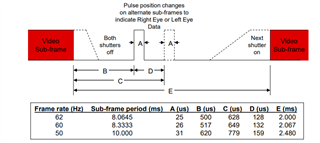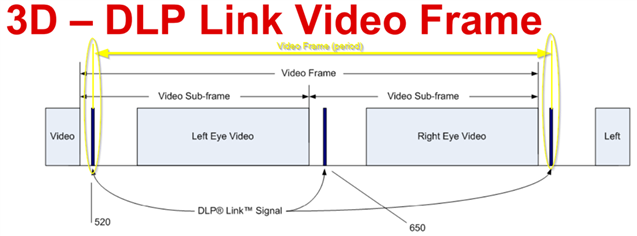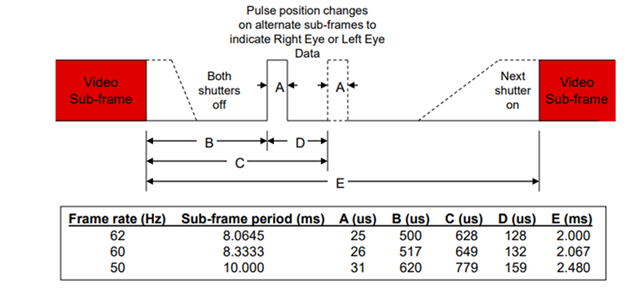Hi,
We are using DLP Projectors in our product and we want to know about how DLP links works and what is white flash light signal?
We got some basic knowledge about it and referred some link from TI Forum and Ti patent (US8237779B2) but still we want to know more about it.
So can you please tell us the process for the NDA ?
Thanks,
Yamini





